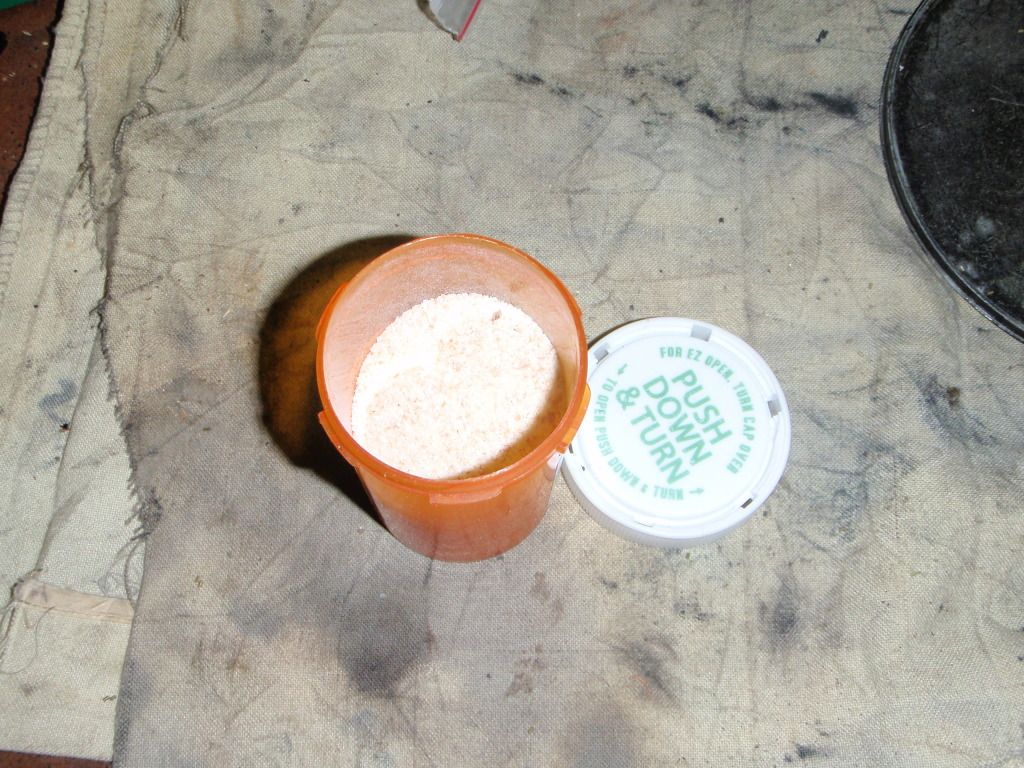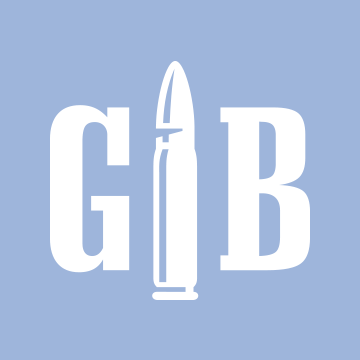OK, so I owe you guys some pictures but wanted to start a discussion on reloading brass .410 shotgun shells, mainly in the form of fire-forming .303 british or .444 marlin cases. For you folks using the magtech brass feel free to add to this as well.
There are a couple other odd-ball rounds out there that convert to .410 size shells but .444 marlin and .303 british are the two that seem to be used the most.
In my experimenting so far, .303 takes several shots to fire-form and the rim thickness is too much. .444 marlin fits perfect and is already a straight wall case, measuring roughly 2 1/4"
I've had decent results so far using Circle-Fly's wads/overshot cards although i've tried using my own wads as well. Greased Felt is great, milk cartons make great wads/powder seals also... just time consuming.
if you make your own wads you will need a 7/16" hole punch, I bought an entire set at Harbor freight for cheap. honestly though, as cheap as they are, I am leaning towards just buying my wads from circle fly (out of Pennsylvania, my home state) from now on. it's only about $7-8 per 1000ct, that's a lot of work with a punch...
basically, the best results so far have been outta my .444 marlins using 8.0gns of Herco, circle fly wads/powder seals and an overshot card from index card stock sealed with elmer's glue. I plan on using water-glass as soon as I get my hand on some but glue works in a pinch.
you can easily make OOO buckshot loads (3 pellets, 4 max) and 1/2oz shot loads.
The whole point of this (besides a reloading addiction) is to retain adequate amounts of .410 shells as the plastic hulls wear out quickly and are extremely expensive. Brass is obviously more expensive initially but lasts virtually forever.
for those who don't want to read my longwinded post, here's the skinny:
.444 Marlin brass
Large Pistol Primers (I've been using Winchester)
Herco (started with 8.0 gns)
circle-fly wads (powder seal x 1, fiber wad x 1)
overshot card (made from thinnest material possible besides paper, using manila/index card stock right now)
Elmer's glue or waterglass
without the seal on top, you won't develop any pressure unless you use black powder. the glue/waterglass creates enough backpressure to simulate a factory crimp and develp some useable velocities.
Anyway, I have tons more info to post but I will stop here, let's hear your thoughts!
AA
There are a couple other odd-ball rounds out there that convert to .410 size shells but .444 marlin and .303 british are the two that seem to be used the most.
In my experimenting so far, .303 takes several shots to fire-form and the rim thickness is too much. .444 marlin fits perfect and is already a straight wall case, measuring roughly 2 1/4"
I've had decent results so far using Circle-Fly's wads/overshot cards although i've tried using my own wads as well. Greased Felt is great, milk cartons make great wads/powder seals also... just time consuming.
if you make your own wads you will need a 7/16" hole punch, I bought an entire set at Harbor freight for cheap. honestly though, as cheap as they are, I am leaning towards just buying my wads from circle fly (out of Pennsylvania, my home state) from now on. it's only about $7-8 per 1000ct, that's a lot of work with a punch...
basically, the best results so far have been outta my .444 marlins using 8.0gns of Herco, circle fly wads/powder seals and an overshot card from index card stock sealed with elmer's glue. I plan on using water-glass as soon as I get my hand on some but glue works in a pinch.
you can easily make OOO buckshot loads (3 pellets, 4 max) and 1/2oz shot loads.
The whole point of this (besides a reloading addiction) is to retain adequate amounts of .410 shells as the plastic hulls wear out quickly and are extremely expensive. Brass is obviously more expensive initially but lasts virtually forever.
for those who don't want to read my longwinded post, here's the skinny:
.444 Marlin brass
Large Pistol Primers (I've been using Winchester)
Herco (started with 8.0 gns)
circle-fly wads (powder seal x 1, fiber wad x 1)
overshot card (made from thinnest material possible besides paper, using manila/index card stock right now)
Elmer's glue or waterglass
without the seal on top, you won't develop any pressure unless you use black powder. the glue/waterglass creates enough backpressure to simulate a factory crimp and develp some useable velocities.
Anyway, I have tons more info to post but I will stop here, let's hear your thoughts!
AA









